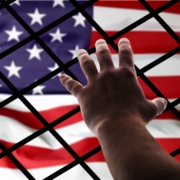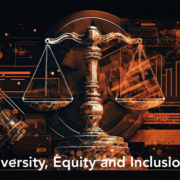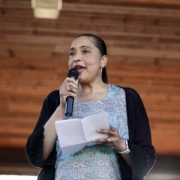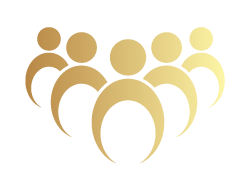The Broken Borders and the Horror of Child Labor
September 24, 2023
Immigration and border security issues have long been controversial, receiving extensive media coverage and sparking political debate. But amid the heated debate over border walls, asylum seekers, and deportation policies, one aspect of this crisis is often overlooked: the devastating impact this crisis has on children. As we honor Hispanic Heritage Month, we bring light to the dark reality of child labor because of a broken border system, highlighting the tragic circumstances that force young souls into lives of exploitation.
Imagine you are a child and you have to leave everything you know in search of a better life. Many children who arrive at the border are often with families fleeing violence, poverty, and persecution in their home countries. Their journeys are dangerous and often led by smugglers who exploit their weaknesses.
Once they cross the border into the United States, some children live in overcrowded detention centers or struggle to survive in poor neighborhoods. Without proper documentation or access to legal protection, they are especially vulnerable to abuse.
Child labor is a harsh reality in many parts of the world, and the United States is not exempt from this problem. A broken border system further exacerbates the vulnerability of migrant children, leaving them vulnerable to unscrupulous employers who exploit their desperation for economic gain. These children often end up working on farms, in factories, or even in homes as domestic servants. They work long hours for low pay, often in dangerous conditions. They are denied education, health, and the right to a childhood without work.
One of the main reasons child labor persists among migrant children is the lack of legal protection and access to the justice system. They are often afraid to report exploitation to authorities because it could lead to deportation of themselves or their families. This fear allows unscrupulous employers to act with impunity.
Additionally, language barriers and lack of awareness of workers’ rights make these children easy targets. Many of them do not know their rights and do not know how to seek help if they find themselves in exploitative situations.
Child labor is not only morally reprehensible, but also poses significant health and safety risks for these young workers. They are often exposed to harmful pesticides on farmland, dangerous machinery in factories, and even physical abuse in the home. Without access to proper medical care or the ability to report dangerous situations, their lives are constantly at risk.
Education is a fundamental right for all children, but children caught up in the cycle of child labor are denied this right. Immigrant children are often taken out of school to support their families or because their parents may need to prioritize survival over education.
Lack of access to quality education creates a cycle of poverty, limits children’s future potential and traps them in a cycle of exploitation. Because they lack access to education, they are economically vulnerable and socially excluded throughout their lives.
To combat the horrors of child labor among migrant children, we must first understand the root causes and then work together to implement lasting solutions.
1. Comprehensive immigration reform:
Comprehensive immigration reform is essential to addressing the root causes of child labor. Until then, we cannot permit child labor.
2. Strengthening Labor Protections:
It is imperative to strengthen labor laws and enforcement mechanisms to protect all workers, regardless of their immigration status. This includes robust penalties for employers who exploit migrant children and mechanisms for reporting abuse without fear of retribution.
3. Access to Education:
All children, regardless of their immigration status, should have access to quality education. This means addressing language barriers, providing educational support for migrant children, and ensuring that they can attend school without fear of deportation.
4. Awareness and Outreach:
Efforts should be made to raise awareness among migrant communities about their rights and available support services. Outreach programs can help bridge language and cultural gaps, empowering children, and families to seek help when needed.
5. International Cooperation:
Addressing child labor among migrant children requires international cooperation. The United States should work with countries of origin to address the root causes of migration, such as violence and poverty, and support programs that create economic opportunities in these countries.
The broken border system in the United States has created a humanitarian crisis that disproportionately affects children, leaving them vulnerable to the horrors of child labor. These young souls, already fleeing desperate circumstances, are further victimized by exploitation, denied their right to education, and subjected to unsafe working conditions.
To combat child labor among migrant children, we must address the root causes of migration, provide legal protections, and ensure access to education and healthcare. It is a collective responsibility to protect these vulnerable children, give them the chance to reclaim their childhood, and build a brighter future.






